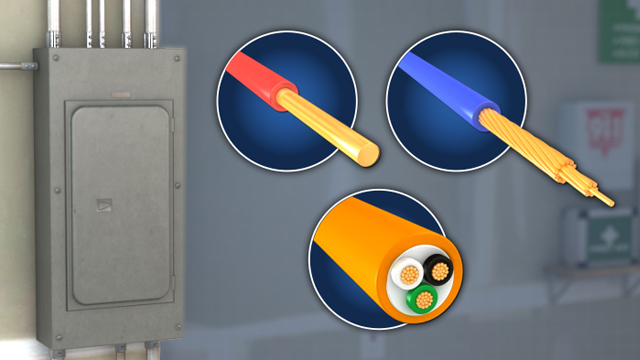
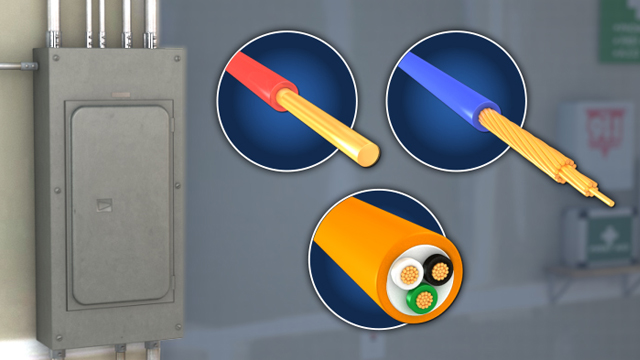
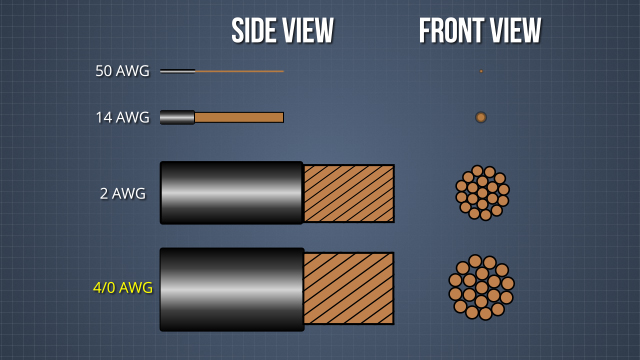
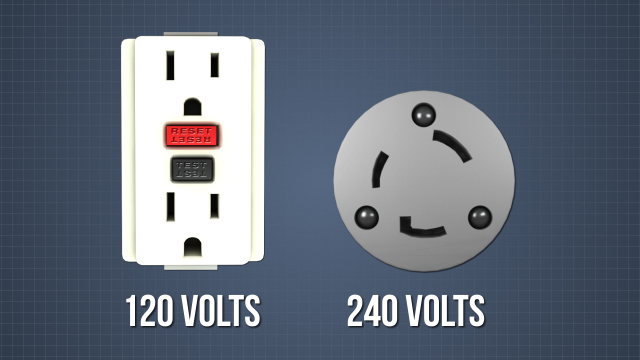
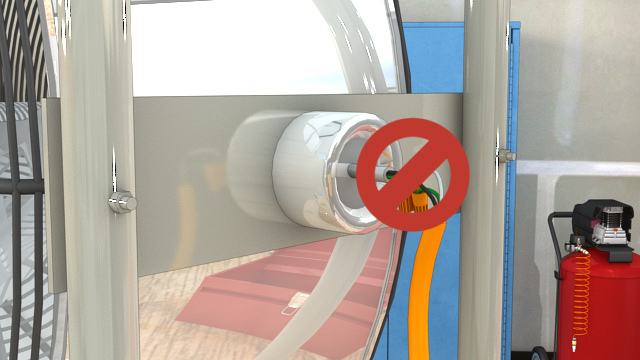
Electrical Wiring and Connections
One of the greatest benefits of electricity is its ability to transfer energy from where it is generated to where it is needed. Electrical wires, cables and cords are used to accomplish the transfer. Electrical wiring consists of a conductive material such as copper surrounded by an insulating material such as thermoplastic. The primary dangers associated with the distribution of electric power are electrocution and the generation of heat. These hazards must be considered when laying out and connecting all types of wiring.
Request a demoCourse Details
Learning Objectives
• Define electricity • List the major dangers of electricity • List the factors which affect the resistance of a wire • Differentiate between the terms wire, cable, and cord • Explain the AWG wire sizing system • Describe the factors that go into selecting an insulation material • Describe the purpose of a raceway • Describe the correct and incorrect uses of flexible cords
Specs
| Course Level | Intermediate |
| Languages | English |
| Compatibility | Audio, Video |
| Based on: | Industry Standards and Best Practices |
Key Questions
What is the purpose of wiring?
The purpose of electrical wiring is to efficiently and safely carry electricity from where it is generated to where it is consumed.
What determines the capacity of a wire to carry electricity?
The amount of current a given conductor can safely carry is called its ampacity. Factors affecting the ampacity of a wire are its resistance and diameter, the insulation temperature rating, and ability of the wire to dissipate heat to its surroundings.
What is AWG?
AWG stands for American Wire Gauge. It is a standardized method of specifying wire diameter that is commonly used in North America.
How are most permanent wiring installations terminated?
In most permanent wiring installations, the end of the wire is stripped of insulation and the bare wire is held in place against a plate by a screw at a terminal connection.
How are most temporary wiring installations terminated?
In temporary wiring, one end of a power cord is typically permanently attached to the electrical device the free end has a plug that can be inserted into a permanently mounted power receptacle. The shape of the plug and matching receptacle is determined by the country where it is used and voltage of the device.
Sample Video Transcript
Energy is not created or destroyed, it is only converted from one form to another. This means that sometimes there is a great deal of electrical power being carried through the wiring between a point of electrical generation and a final electrical load. For example, a final “load” may be all the electrically powered items in a home. At some point, all the energy needed in the home flows through a single wire, so it is important that the wire was designed to safely transfer that energy.
Additional Resources
Course Applies To
Demos + Pricing
Learn more about our courses, get pricing, and see our platform.











